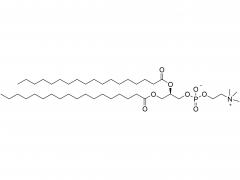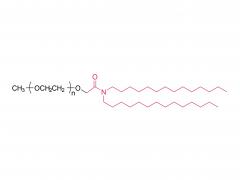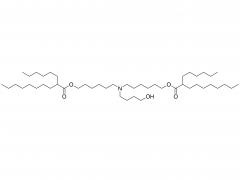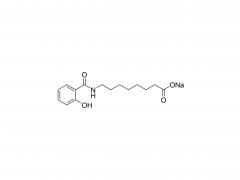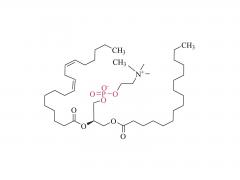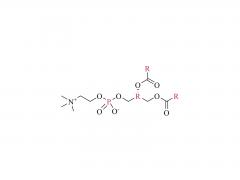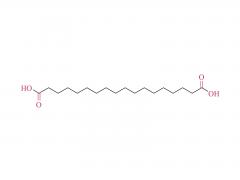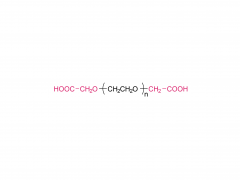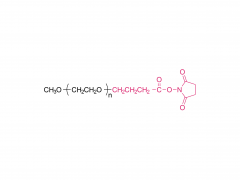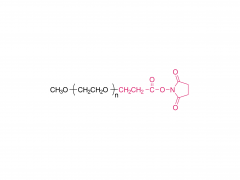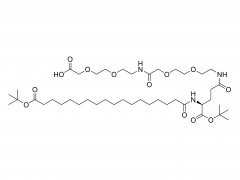A block copolymer is a polymer composed of two or more different monomers, which are arranged in an ordered sequence on the polymer chain to form distinct blocks (segments). Each block (segment) exhibits regular and organized monomer composition and sequence along the polymer chain. The unique physical and chemical properties of block copolymers arise from their well-defined structure. Interactions between different segments enable the formation of specific structures such as spherical, columnar, or membranous arrangements. Block copolymers find extensive applications in various fields. Next, we will introduce some specific applications.
I. Drug delivery system:
Block copolymer can be used to prepare drug-loading systems such as nanoparticles, microcapsules and nanofilms, which can control the release rate of drugs, increase the stability of drugs, and improve the bioavailability of drugs in the body.
II. Membrane separation technology:
The structure of block copolymer can regulate its molecular sieve effect and surface hydrophilicity, and can be used to prepare membrane separation materials, such as reverse osmosis membranes, ultrafiltration membranes and ion exchange membranes, which are used in water treatment, gas separation and biological separation.
III. Nanotechnology:
Block copolymers can be used to prepare nanomaterials such as nanoparticles, nanowires and nanofilms, which are used in electronic devices, optical materials and biosensors.
IV.Functional materials:
Block copolymers can be adjusted according to different chemical compositions and structures, such as the preparation of materials with special functions such as optical, electrical, magnetic or shape memory, which are widely used in sensors, energy storage materials and controlled release systems.
V.Surface coatings:
Block copolymers can be used to prepare coatings with specific surface properties, such as antibacterial coatings, anticorrosive coatings and self-cleaning coatings, which are used in medical devices, building materials and aerospace.






